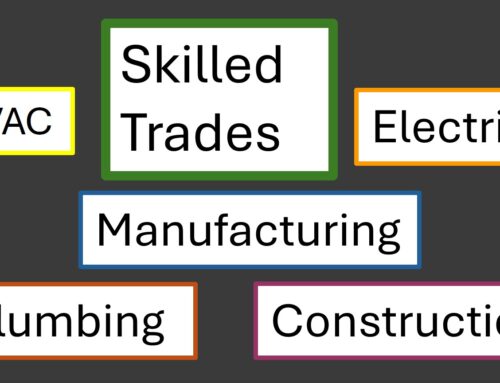 What exactly is a building code? How are building codes formed? Are they legally binding? What happens when you don’t follow code? If these are the questions that keep you up at night (or even if they are not), you’ve come to the right spot on the web!
What exactly is a building code? How are building codes formed? Are they legally binding? What happens when you don’t follow code? If these are the questions that keep you up at night (or even if they are not), you’ve come to the right spot on the web!
What are Building Codes?
Building codes and standards are guidelines and laws establishing the minimum structural safety requirements in any building project. These codes ultimately exist to protect life. And life is worth protecting.
Building codes go as far back as the 17th century when the city of Boston passed a law requiring that all building walls be made of stone or brick, and that also banned thatched or wooden chimneys. This action was taken after large fires destroyed vast parts of the city in 1631 and 1679.
Building codes provide guidance on all aspects of the building phases and the structure itself. For example, there are codes for:
- Plumbing
- Electrical work
- Structure
- Fire protection
- Energy/power
- Materials
- Mechanical systems
All building structures must comply with their local codes, including –
- Residential homes
- Apartments
- Institutional buildings
- Commercial buildings
- Industrial buildings
- Churches
Codes consider the safety and quality of structures, energy conservation, accessibility and evacuation routes, fire prevention, and even protection from major catastrophes. Without building codes, facilities (and their inhabitants) are much more vulnerable. For example, we all remember the 2010 earthquake that decimated Haiti, killing over 250,000 people and displacing millions. The devastation was partly a result of the lack of un-enforced building codes.
How Are Building Codes Formed?
Your local building codes started as model codes. Today, the International Code Council (ICC) and the National Fire Protection Association (NFPA) form two of America’s most prestigious and trusted building code entities. The ICC and the NFPA form model codes that are not legally binding or enforced by law.
A code becomes such when adopted by a state, city, or county, etc. That jurisdiction can adopt the code in entirety, in part, or adapt it to their locality based on the science and findings of their region. (For example, Florida has different hurricane codes than Arizona.) However, model codes are there for a reason, and jurisdictions attempt to keep uniformity in their regulations to benefit builders, architects, and manufacturers across the nation. Once a code has become an adopted code, it is then considered law and is legally binding.
Typically, model codes are reviewed and revised every three years. Local jurisdictions have the right to either adopt or not adopt those revisions.
Failing to Comply
There are serious potential consequences to neglecting building codes. They include:
- Orders to stop construction or to make repairs.
- Orders to demolish part or all your building.
- Revoking your building permit.
- Declaring your building uninhabitable.
- Disconnecting utilities or prohibiting connection.
- Costly fines
- Legal battles and fees
- Liabilities
- Imprisonment
In addition, buildings that fail to meet codes can be unsafe, potentially causing harm and even death to those coming in and out of the building. Thus, building code compliance protects everyone involved!
At Gillman Services, safety is our top priority. We focus on commercial, industrial, mining, manufacturing, and marine construction industries, so we understand the importance of building codes. Contact us today and allow us to “Work for you!”






